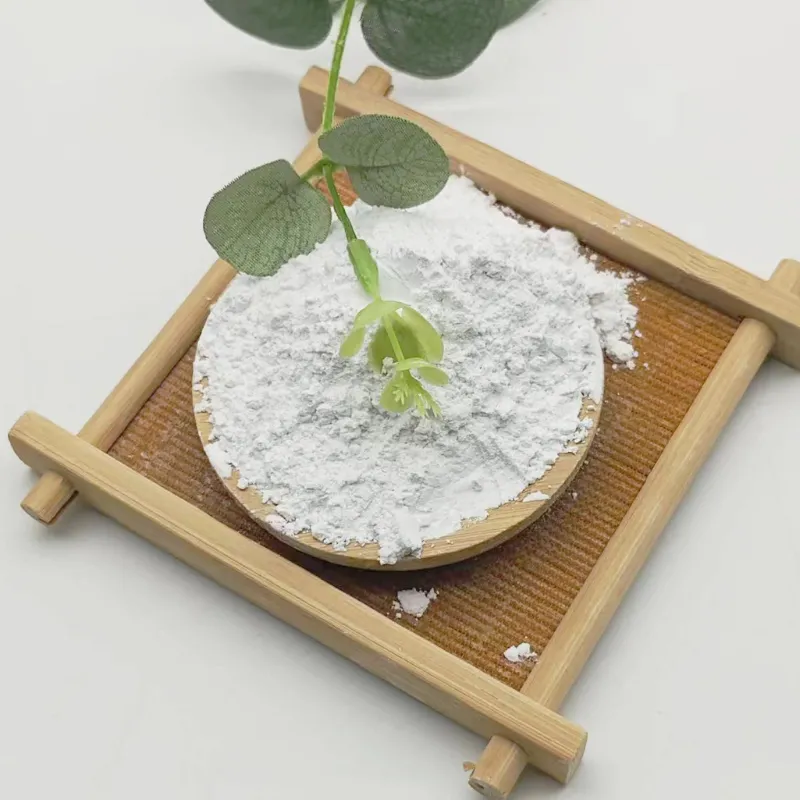
The Power of Activated Bleaching Clay
When it comes to refining oils, especially edible oils, activated bleaching clay plays a crucial role in ensuring purity and quality. Whether it’s bleaching earth clay, or specifically bleaching clay for edible oil, understanding how these materials work can help you choose the best solution for oil purification. Let’s delve into the unique benefits of each type and their applications in the food industry.

Activated Bleaching Clay for Oil Purification
Activated bleaching clay is widely used in the refining process of edible oils. This powerful absorbent material is ideal for removing impurities, color pigments, and odors from oils. When activated bleaching clay is added to crude oil, it attracts and adsorbs unwanted substances, leaving the oil clear and odorless. Its high adsorption capacity and efficiency make it an essential material in oil purification, ensuring that edible oils meet the highest standards of quality and safety for consumers.
The Benefits of Bleaching Earth Clay
Bleaching earth clay is another crucial material in the oil refining process. Often used in combination with other agents, bleaching earth clay is known for its ability to remove unwanted colorants and contaminants from oils. Its fine structure and high surface area make it effective at absorbing impurities, resulting in oils that are not only purified but also enhanced in terms of their aesthetic appearance. The use of bleaching earth clay is essential in producing oils that are safe, clear, and suitable for consumption.
Bleaching Clay for Edible Oil: Ensuring Purity
When refining edible oils, the use of bleaching clay for edible oil ensures that oils are purified to a high degree. The ability of bleaching clay for edible oil to remove color, odor, and contaminants is essential in creating high-quality products for the food industry. Whether you are refining sunflower oil, soybean oil, or palm oil, bleaching clay for edible oil guarantees that the final product meets both safety standards and consumer expectations. By using this specialized clay, manufacturers can deliver oils that are not only safe but also have a neutral taste and clear color.
How Activated Bleaching Clay Enhances Oil Quality
Activated bleaching clay is particularly effective in enhancing the quality of edible oils. It’s used to improve the clarity and color of oils by removing natural pigments, such as carotenoids and chlorophyll, which can affect the oil’s appearance. The added benefit of activated bleaching clay is that it also helps eliminate unwanted odors and potential toxins, making oils more appealing to consumers. As a result, oils treated with activated bleaching clay are of higher quality and meet the stringent demands of the food industry.
The Role of Bleaching Clay in Sustainable Oil Refining
Käyttö bleaching clay for edible oil also supports sustainable and eco-friendly refining practices. As a natural, non-toxic material, bleaching clay plays a key role in the environmentally-conscious production of edible oils. By utilizing this clay, oil refiners reduce the need for harmful chemicals, making the refining process cleaner and greener. The sustainable qualities of bleaching clay for edible oil contribute to a more environmentally responsible approach to oil production, aligning with the growing demand for sustainable manufacturing practices in the food industry.
In conclusion, whether you are using activated bleaching clay, bleaching earth clay, or bleaching clay for edible oil, each type plays a vital role in ensuring that oils are safe, pure, and of the highest quality. These materials help to remove impurities, colors, and odors, making them essential for producing oils that meet consumer expectations and industry standards. With their proven effectiveness and sustainability, activated bleaching clay and bleaching clay for edible oil are invaluable in modern oil refining.
Jaa
-
The Process of Iron Ore Concentration: Key Facts for Industry InsightsUutisetAug.04,2025
-
Silicon Carbide: The Powerhouse Material for IndustryUutisetAug.04,2025
-
Iron Oxide Pigments: The Color of InnovationUutisetAug.04,2025
-
High Alumina Cement: A Durable Solution for Modern ConstructionUutisetAug.04,2025
-
Fluorspar Powder: The Unsung Hero of Modern IndustriesUutisetAug.04,2025
-
Barite Powder: Essential for Modern Oil DrillingUutisetAug.04,2025






